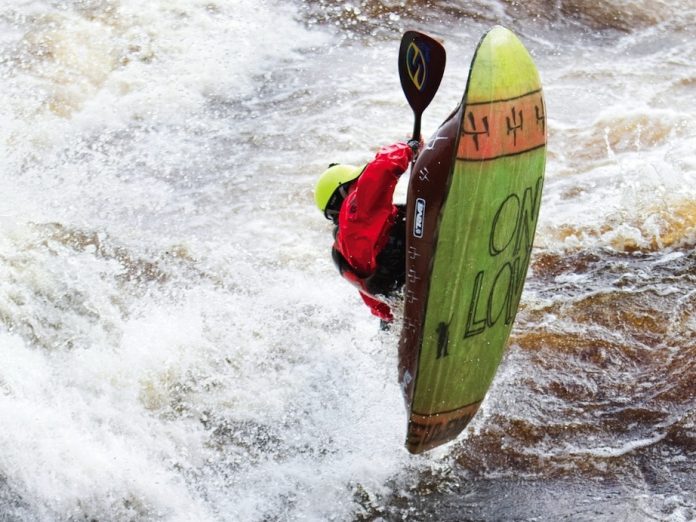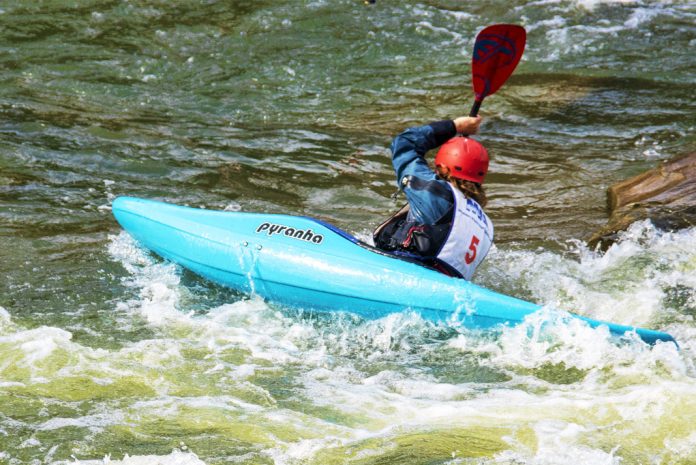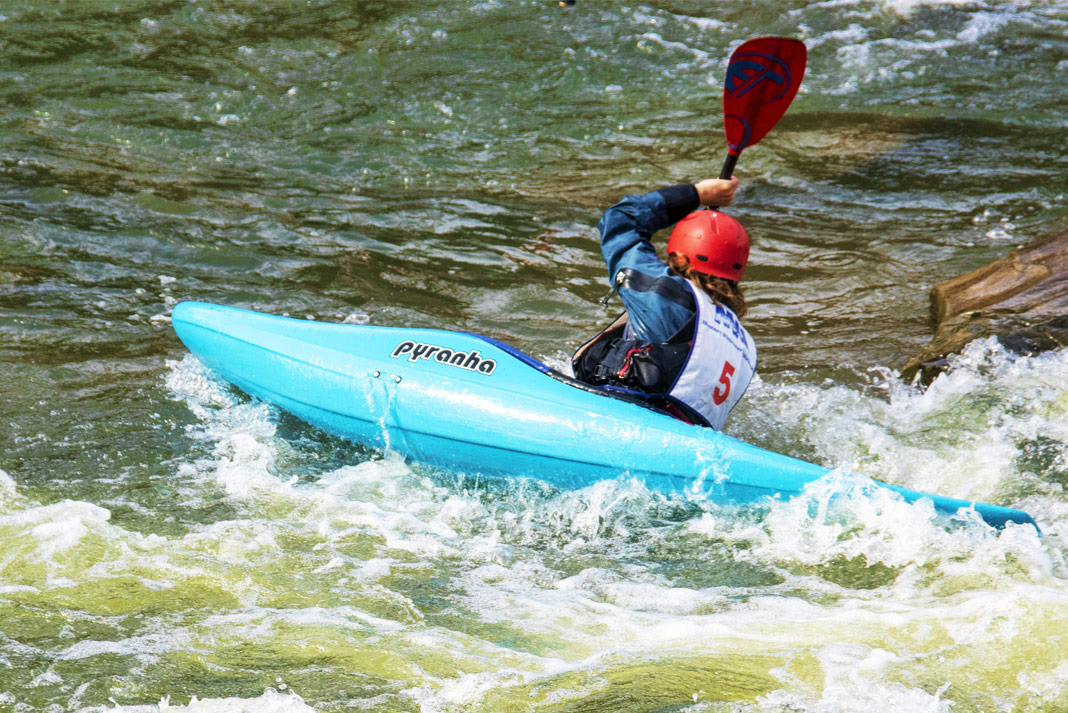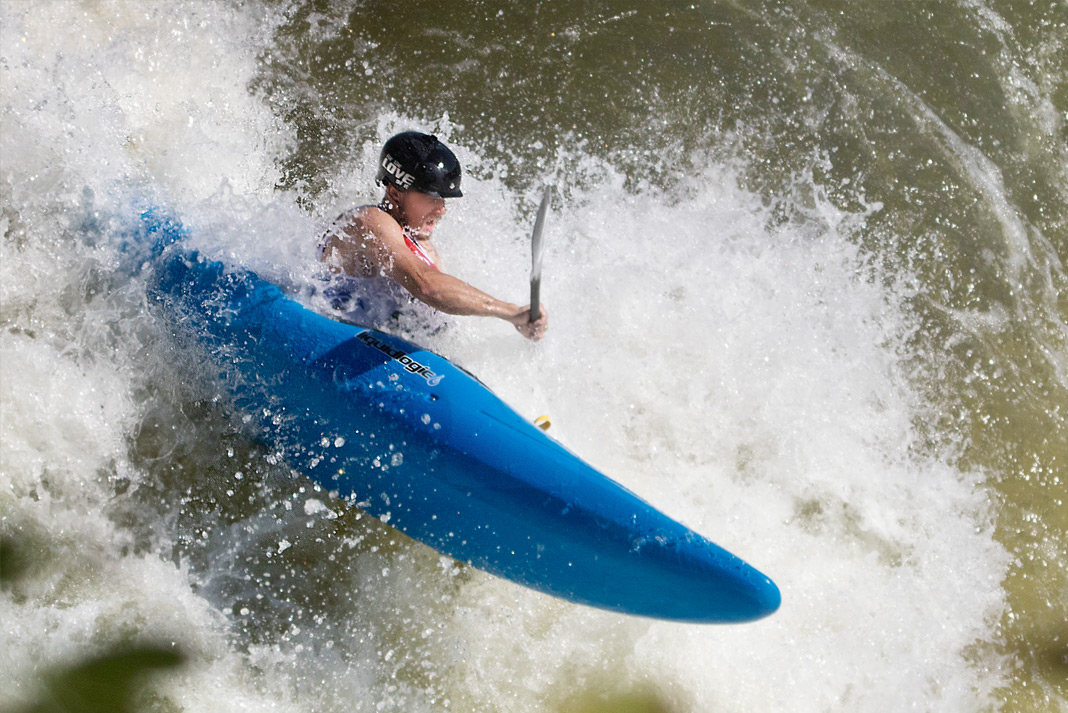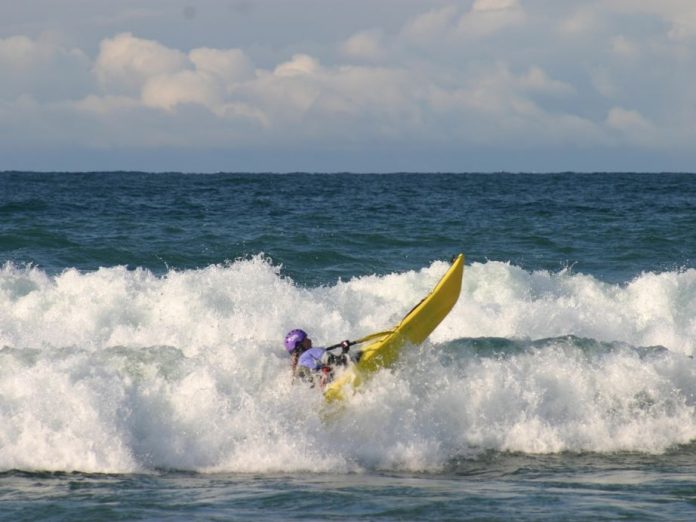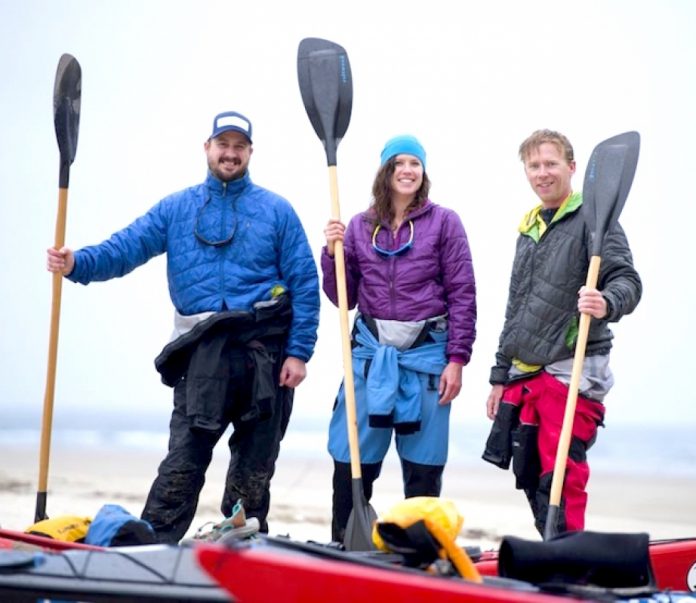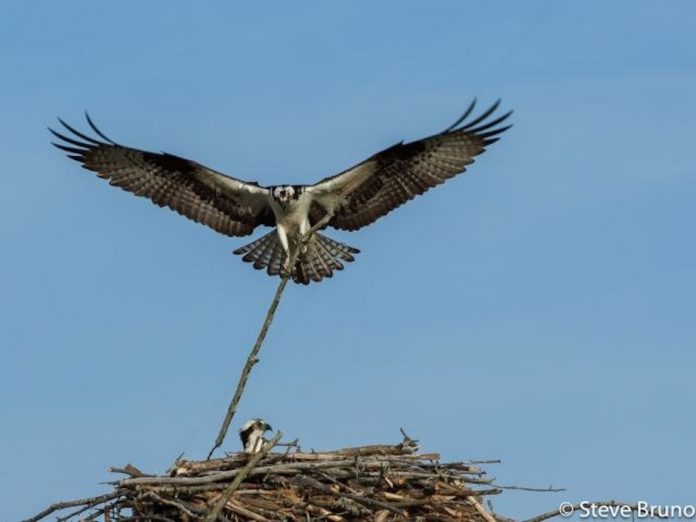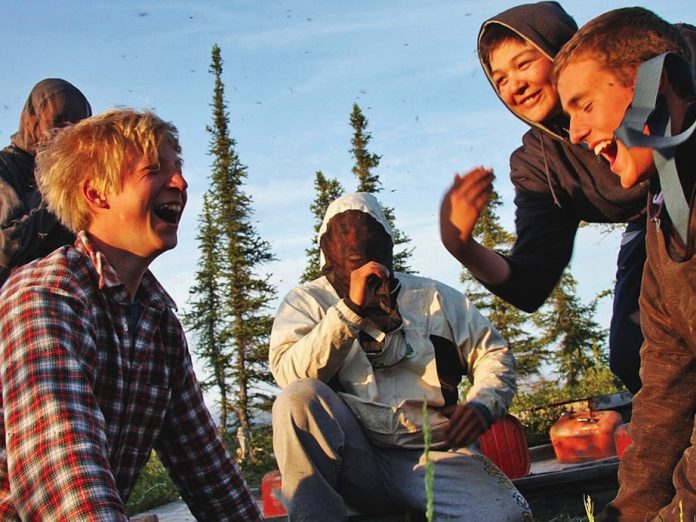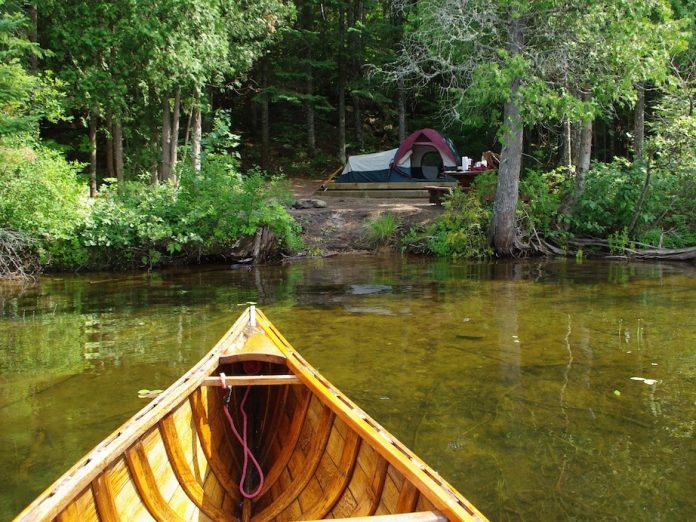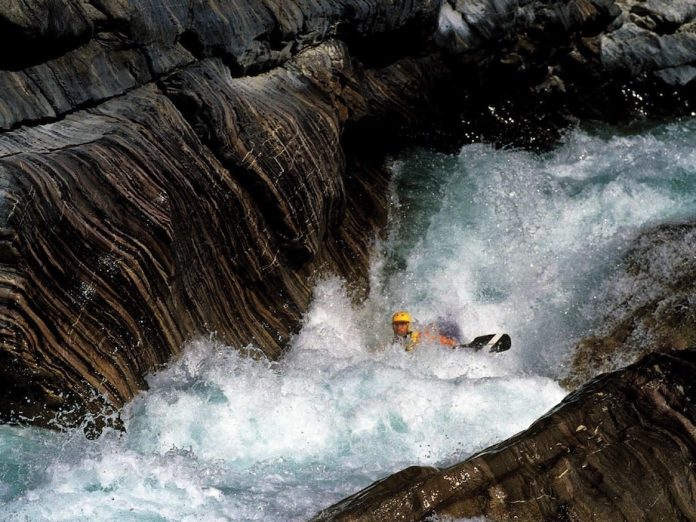Montana’s Doug Ammons has a paddling résumé that reads like a life list of rivers. Best known for a generation of pushing the boundaries of class V expeditionary whitewater, Ammons pioneered first self-supported (with Rob Lesser) and solo descents of the Grand Canyon of the Stikine, as well as descents of the Yukon’s Alsek River, Alaska’s Susitna and many other seldom-paddled rivers. Also a psychologist and author of The Laugh of the Water Nymph, Ammons has made another first descent of sorts—whitewater paddling literature. His newest book, Whitewater Philosophy explores the deeper meaning gained from a lifetime of paddling difficult rivers (available from Water Nymph Press, 2009, dougammons.com).
One of your overriding intentions is to try to capture the whitewater experience in words. Why is there a need to articulate this experience and put it into words?
There is no need to articulate what the experience means beyond my own desire to understand, and my own sense of clarity and inspiration. It’s important to me as a personal process, but I don’t presume that it is important to others. The sport is action-oriented, even hyper-action-oriented, rather than reflective—so most people get all the pleasure and understanding they want when they get on the water with their friends.
Is there something inherent in paddling that limits its written interpretation?
Yes. For most people, action is the meaning. They want to be immersed directly in the water; they aren’t interested in reflecting on it. If they were reflective, it would create a meditative, even mystical, approach to experiencing one of the great powers of the world—but mostly [the experience] doesn’t seem to be that deep.
As far as writing goes, the problem to solve is: how does one make these experiences accessible to everybody? Beyond that, how do you infuse the writing with the energy and power felt in the river, stated so it infuses any reader with the same inspiration?
You write often about the incredible gifts to be found paddling whitewater rivers, especially from your experience on extremely difficult rivers. Is that where the gifts are?
The door is always open to everybody. However, the more intense experiences create more vivid and dramatic images. They cut deeper and people seem to find them more interesting.
I think it is a fallacy that class V will teach you everything. If it did, there would be a lot of wise kayakers out there. But take it from me, the class V dudes are as weird and quirky and as messed up as anybody, and no wiser.
To paddle hard whitewater, all it really takes is a lot of motivation, physical skill, time in the boat, some aptitude for understanding water and a desire to do hard things. It is goal-oriented, which leads to trying to capture the goal rather than to understand living it. None of these are qualities that reward you with gifts. It takes a humbler state of mind to recognize gifts.
Are these gifts free for all who paddle?
I think there are probably different grades of experience as the stakes get higher, but the gifts are there for everybody. Interestingly, in my experience, most beginners and intermediates are more aware of the gifts and are better at expressing them than are the highly experienced, professional kayakers. They have a freshness, humbleness and excitement that [make them open to] inspiration.
The only problem is that most people tend to leave the message on the river, when it’s actually a profound life-encompassing perspective—a lesson that potentially affects everything they do. It’s up to you to apply [the lesson] in a meaningful way beyond your paddling, or to see that your paddling has brought you a gift that is rich beyond the river.
So what are these gifts?
The river gives beauty, danger, risk, excitement and challenge, and we answer with motivation, skills, control and action. These things are all very compelling [in and of] themselves, but more than that they are doorways [framing] something beyond themselves. In this sense the river is like a Zen master pointing at the moon. We paddlers are the disciples—some of us are just staring at his finger and some are aware he is pointing at something greater and far beyond us. If you are able to use the awareness difficult paddling gives you as a tool in the rest of your life, especially for understanding yourself, then that is something worthy of the gift the river has given.
Jeff Jackson is a professor of Outdoor Adventure at Algonquin College in Pembroke, Ontario.
This article originally appeared in Rapid, Spring 2010. Download our free iPad/iPhone/iPod Touch App or Android App or read it here.




